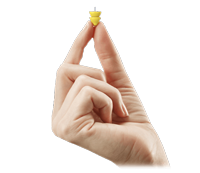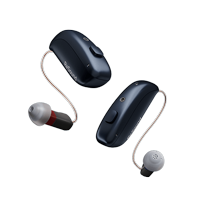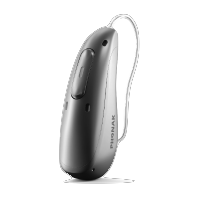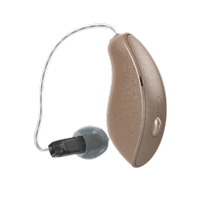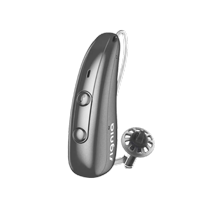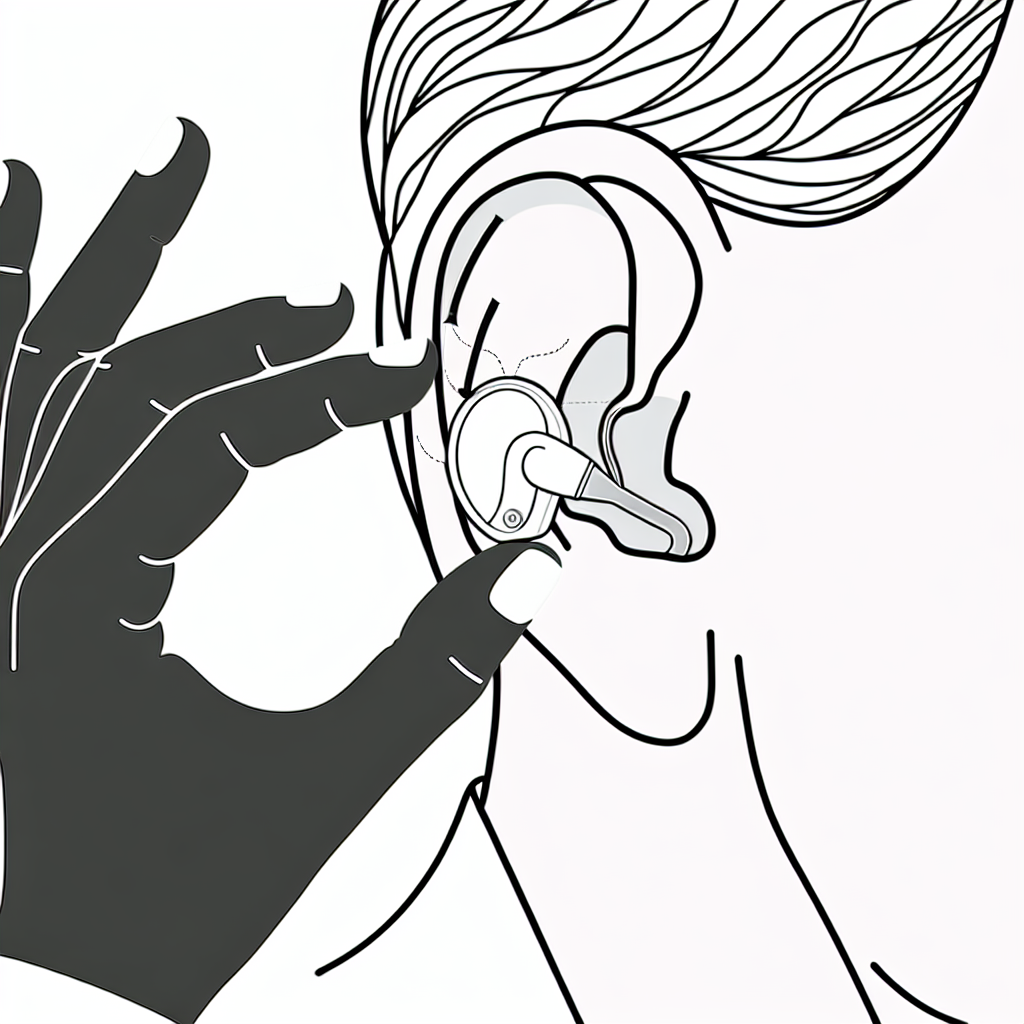
Proper hearing aid insertion is crucial for optimal performance, comfort, and hearing health. Many hearing aid users struggle with determining the correct depth for insertion, which can significantly impact both the effectiveness of their device and their overall hearing experience.
Understanding Proper Hearing Aid Insertion Depth
The question of how far to push hearing aid in depends on several factors, including the type of hearing aid, your ear canal anatomy, and your specific hearing needs. Generally, hearing aids should be inserted far enough to create a proper seal while remaining comfortable and secure.
For most in-the-ear (ITE) and completely-in-canal (CIC) hearing aids, the device should sit flush with the outer portion of your ear canal. The hearing aid should not protrude significantly from your ear, nor should it be pushed so deep that it causes discomfort or becomes difficult to remove.
Different Types of Hearing Aids and Insertion Guidelines
Various hearing aid styles require different insertion techniques and depths:
- Behind-the-Ear (BTE) Hearing Aids: The ear mold or dome should be inserted into the ear canal opening, creating a comfortable seal without being pushed too deeply
- In-the-Ear (ITE) Hearing Aids: These should sit securely in the outer portion of the ear canal, typically flush with the ear’s natural contours
- Completely-in-Canal (CIC) Hearing Aids: These are designed to sit deeper in the ear canal but should never cause pain or extreme pressure
- Invisible-in-Canal (IIC) Hearing Aids: These sit deepest in the ear canal but are custom-fitted to your specific ear anatomy
Signs of Proper Hearing Aid Placement
When your hearing aid is inserted correctly, you should experience:
- Comfortable fit without pain or excessive pressure
- Clear sound quality without feedback or whistling
- Secure placement that doesn’t easily fall out
- No sensation of the device being “lost” in your ear
- Easy removal when needed
Common Insertion Mistakes to Avoid
Many hearing aid users make these common mistakes when inserting their devices:
- Pushing too deep: This can cause discomfort, pain, and potential damage to your ear canal
- Insufficient insertion: This may result in poor sound quality, feedback, and the device falling out
- Forcing the device: Never force a hearing aid into your ear if it’s not fitting properly
- Ignoring discomfort: Pain or extreme pressure indicates improper fit or insertion
The Importance of Professional Hearing Aid Fitting
Proper hearing aid fitting is essential for determining the correct insertion depth and overall comfort. A professional audiologist can ensure your hearing aids are properly sized, programmed, and fitted to your unique ear anatomy. At Cal Hearing’s hearing aid fitting services, experienced professionals work with you to achieve optimal comfort and performance.
During a professional fitting, your audiologist will:
- Take precise measurements of your ear canal
- Adjust the hearing aid settings for your specific hearing loss
- Demonstrate proper insertion and removal techniques
- Ensure comfortable fit and optimal sound quality
Step-by-Step Hearing Aid Insertion Guide
Follow these steps for proper hearing aid insertion:
- Clean your hands: Always wash your hands before handling your hearing aids
- Identify left and right: Most hearing aids are color-coded (red for right, blue for left)
- Hold correctly: Grip the hearing aid gently but firmly
- Insert gradually: Slowly insert the hearing aid into your ear canal
- Twist gently: For some models, a slight twisting motion helps achieve proper placement
- Check comfort: The device should feel secure but not painful
- Test sound quality: Listen for clear sound without feedback
When to Seek Professional Help
Contact a hearing healthcare professional if you experience:
- Persistent pain or discomfort
- Frequent feedback or whistling sounds
- Hearing aids that won’t stay in place
- Difficulty inserting or removing the device
- Changes in your hearing or ear health
Regular hearing testing can help identify any changes in your hearing that might affect your hearing aid fit or performance.
Cal Hearing’s Comprehensive Services
Cal Hearing provides a full range of hearing healthcare services to ensure optimal hearing aid performance and overall ear health. Our comprehensive services include:
- Professional hearing testing to assess your current hearing levels
- Expert hearing aid fitting for optimal comfort and performance
- Tinnitus therapy for those experiencing ringing in the ears
- Custom hearing protection to prevent further hearing damage
- Hearing aid repairs to keep your devices functioning properly
We proudly serve multiple locations, and you can learn more about our areas of service on our website.
Maintaining Proper Hearing Aid Care
Proper insertion is just one aspect of hearing aid care. Regular maintenance, cleaning, and professional check-ups ensure your devices continue to function optimally. Our team provides ongoing support and education to help you get the most from your hearing aids.
For additional information and helpful tips, visit our resources section and blog for the latest updates on hearing health and technology.
Conclusion
How far to push hearing aid in is a common concern that requires individual assessment and professional guidance. The correct insertion depth varies based on your specific hearing aid type, ear anatomy, and comfort level. Remember that proper fit is essential for both comfort and optimal hearing performance.
If you’re experiencing difficulties with hearing aid insertion, discomfort, or performance issues, don’t hesitate to seek professional help. Our experienced team at Cal Hearing is ready to assist you with all your hearing healthcare needs.
Ready to ensure your hearing aids are properly fitted and functioning at their best? Contact Cal Hearing today to schedule your consultation and experience the difference professional care can make in your hearing journey.


